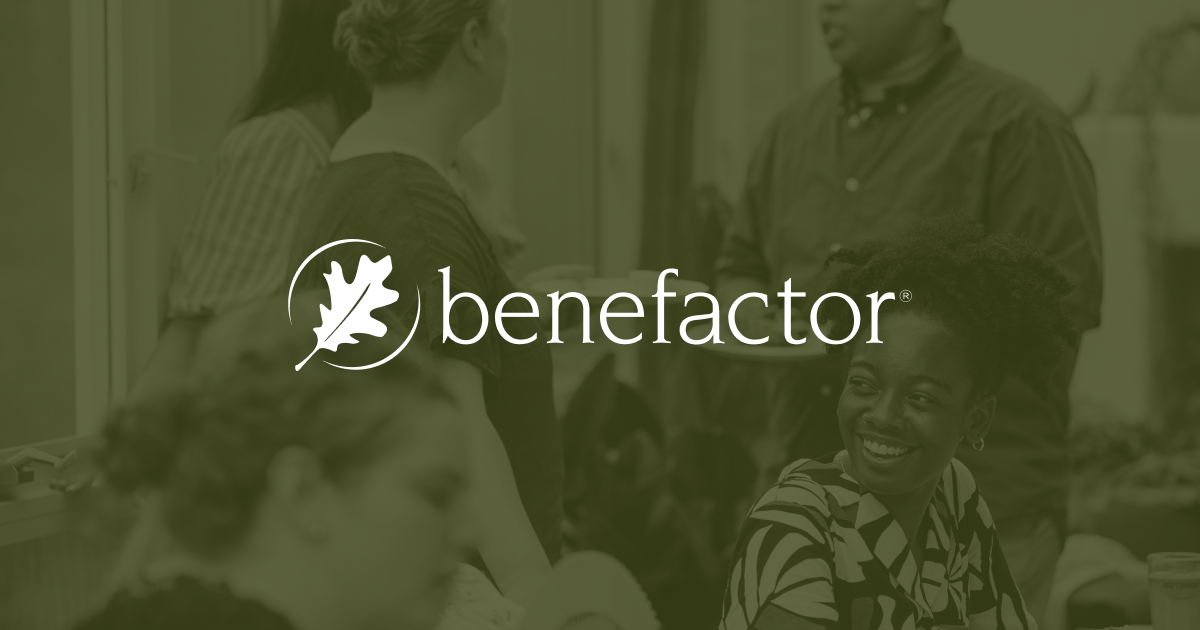1) Before any talk of fundraising or planned giving, be sure your board members are excited and enthusiastic about the organization and its programs. Lead a discussion about why board members joined the board in the first place. Why is the organization’s vision so important at this time? How would the community be affected if the organization didn’t exist?
2) Until the board members complete their own planned gifts, they have no credibility in talking with others. (The same holds true for staff members—get your gift in place and use it as a testimonial with the board.) Explain to board members the critical importance of their leadership by example.
3) Meet one-on-one with every board member with these four questions on the agenda:
- When were you most proud of this organization and why?
- Have you considered your own planned gift and what will it look like?
- How can we help you complete the gift and make sure it achieves your goals?
- What are your suggestions for strengthening our gift planning program?
4) Policy discussions at board meetings are great opportunities to describe the benefits and pitfalls of different types of gifts and gift vehicles. Case studies of specific actual situations are particularly effective. Suddenly, the board members are thinking about a neighbor, friend, or relative (or maybe even themselves) with a similar circumstance.
5) Carve out a portion of board meetings specifically for planned giving topics—perhaps 15-30 minutes. Make these sessions interactive and participatory Consider role-playing different scenarios with prospective donors or phone calls from disgruntled supporters. Ask one or two board members to tell about their own situation and why a particular type of planned gift was selected.





